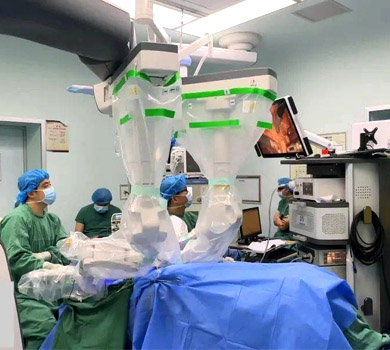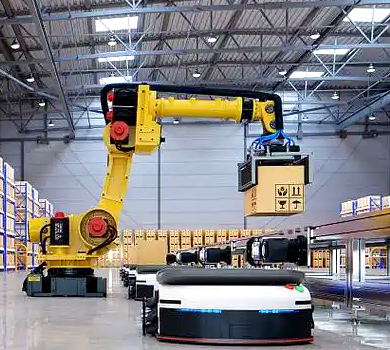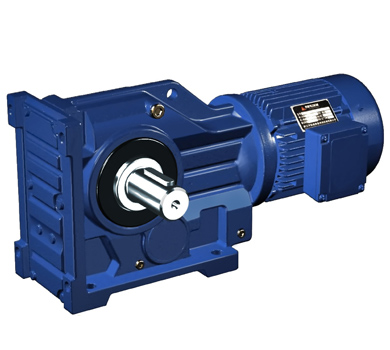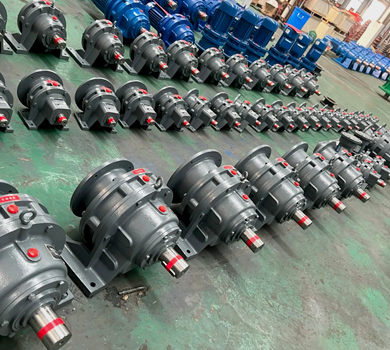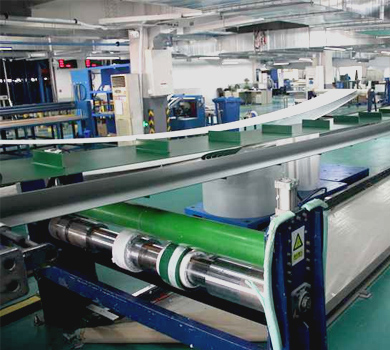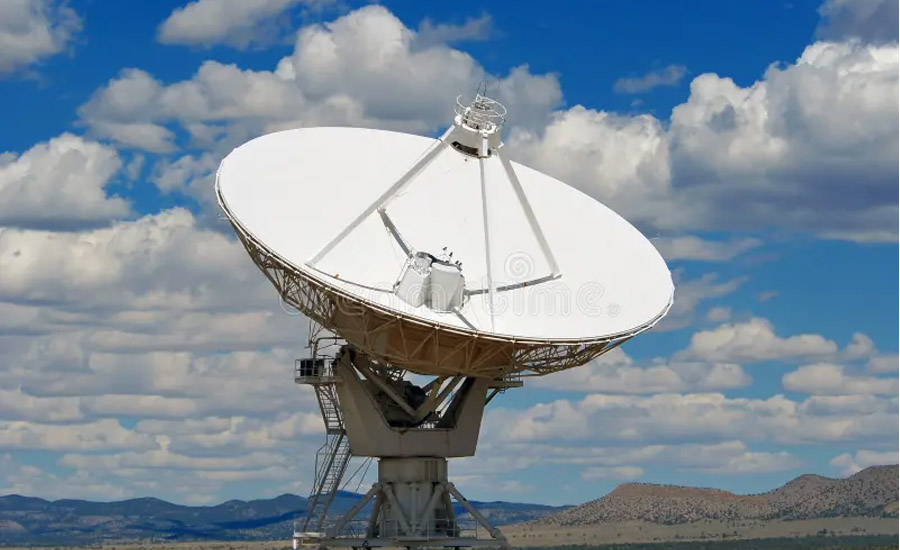The photovoltaic (PV) industry is undergoing rapid evolution, driven by the global demand for sustainable energy. Among the critical subsystems within PV production is the solar cell string arrangement synchronization mechanism, which ensures the precise and stable alignment of solar cells during the module assembly process. This mechanism relies heavily on high-performance motion control systems, where the harmonic drive plays a central role.
With the industry's increasing focus on high-speed production, precision, and cost-effectiveness, traditional drive solutions are reaching their limits. The synchronization mechanism must operate in highly regulated environments, often within clean rooms or under varying temperature conditions, demanding gear units that are compact, accurate, and reliable over extended operational periods.
Industry Challenges and Pain Points
Photovoltaic production lines are complex systems integrating robotics, conveyor systems, and automated alignment tools. Key equipment includes:
- High-speed robotic arms for cell placement
- Conveyor belts with synchronized motion control
- Multi-axis alignment stages for string formation
- Thermal and mechanical stability components
Current challenges in this sector include:
- High precision demand: Misalignment of even a few micrometers can lead to significant yield loss.
- System stability: Frequent misoperations due to gear backlash and insufficient torque transmission.
- Energy efficiency: Excessive power consumption and heat generation in motion control components.
- Compact design requirements: Limited space within production cells forces gearboxes to be highly integrated.
- Harsh environmental conditions: Long-term operation in dust-prone, high-temperature, or cleanroom settings reduces gear unit lifespan.
Key Role and Technical Requirements of Gearboxes in the Mechanism
Harmonic drives are indispensable in the synchronization mechanism due to their inherent high gear reduction ratios, low backlash, and compact form factor. They are required to meet the following technical specifications:
- High torque density: Supports high-speed cell arrangement with low inertia.
- Ultra-precision transmission: Typically needs a backlash of less than 1 arc minute.
- High responsiveness: Critical for maintaining synchronization in dynamic production lines.
- Multi-axis compatibility: Must integrate with multiple actuators and control loops.
- High gear ratios: Enables fine positioning and reduces motor size.
- Ultra-slim and lightweight design: Facilitates space-saving and system agility.
- Low noise: Ensures operation in sensitive environments.
- High service life and low maintenance: Reduces downtime and long-term operational costs.
- Environmental adaptability: Must function reliably in temperature ranges from -20°C to 80°C and withstand high dust or contamination levels.
Waimica Harmonic Drive Solution
Waimica’s harmonic drive technology is tailored for the demanding conditions of photovoltaic equipment. Our solutions directly address the following challenges:
- Low backlash and high precision to ensure stable and repeatable cell alignment
- Compact, modular design to reduce system footprint and simplify integration
- High gear ratios and torque density to support high-speed and accurate motion control
- Environmental resilience to ensure long-term performance in dust and temperature extremes
Below is a summary of the key technical parameters of Waimica’s harmonic drive units optimized for solar cell string synchronization:
| Parameter | Value |
|---|---|
| Backlash | < 1 arc minute |
| Reduction Ratio | 10:1 to 160:1 |
| Torque Range | 10 Nm to 1000 Nm |
| Efficiency | > 85% |
| Input Flange Type | ISO 9409-1, IEC 693, or customized |
| Operating Temperature Range | -20°C to +80°C |
| Protection Rating (IP) | IP54 (standard), up to IP67 (optional) |
| Service Life | > 10,000 hours (under normal operating conditions) |
Structural and Performance Design Highlights
- Modular architecture: Allows flexible configuration to match specific application requirements.
- High compactness: Achieved through advanced internal design and optimized component layout.
- Mounting versatility: Supports a variety of installation styles, including flange, shaft, and through-housing configurations.
- Low inertia rotor design: Enhances system responsiveness and reduces acceleration/deceleration time.
- Customizable input and output shafts: Enables seamless integration into existing robotic and automation systems.
Special Operating Conditions Support
Waimica gear units are engineered to perform reliably in demanding industrial environments, including:
- High-temperature operations: With heat-resistant materials and cooling systems to maintain performance in thermal extremes.
- Cleanroom compliance: Designed to meet ISO Class 7 standards, with optional sealed bearing systems to prevent contamination.
- IP67-rated units: Provide protection against water, dust, and chemical exposure for outdoor or harsh production areas.
- Electromagnetic compatibility (EMC): Minimizes interference and ensures smooth control system integration.
Conclusion and Waimica Brand Value
Waimica offers a robust, high-performance harmonic drive solution specifically designed for the photovoltaic cell string synchronization mechanism. Our products deliver superior precision, compactness, and reliability, all while maintaining cost-competitiveness against leading international brands.
With advanced engineering, rigorous quality control, and a deep understanding of automation challenges in the PV industry, Waimica provides not only a technically superior solution but also one with high scalability and adaptability. Our customization capabilities and fast delivery times make us an ideal partner for global manufacturers aiming to improve efficiency and reduce downtime.
As the photovoltaic industry continues to automate and optimize production processes, Waimica is committed to evolving with it. We believe our innovative, high-value manufacturing approach is well-positioned to support the next generation of PV equipment and automation systems.


